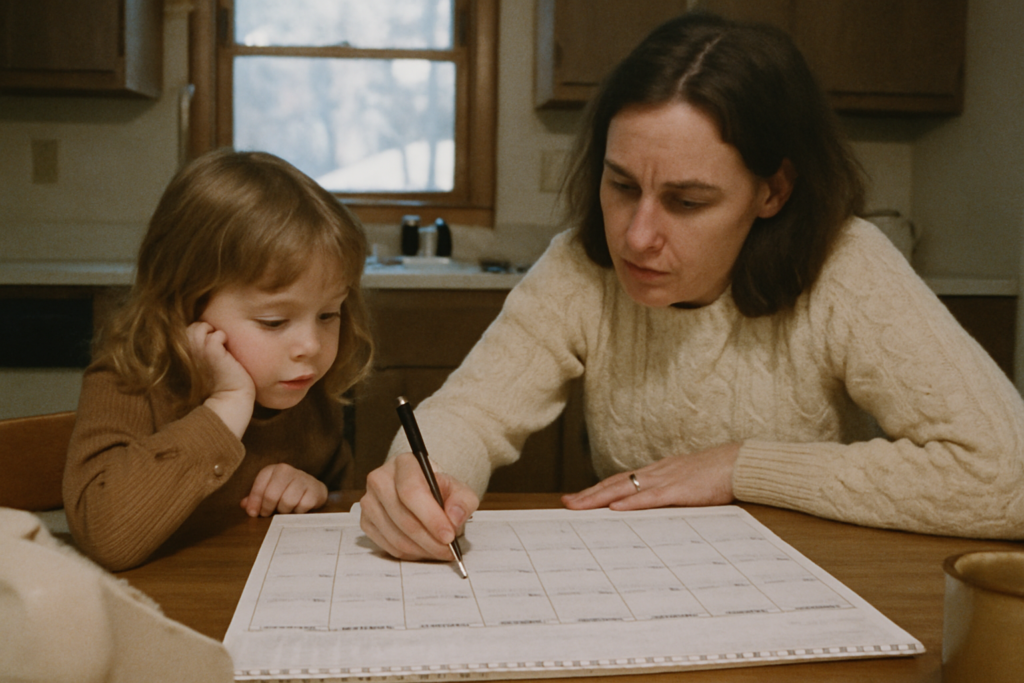Navigating the delicate balance between early parenthood and career demands can be a daunting task for many new parents. In today’s fast-paced world, finding equilibrium between family responsibilities and professional aspirations is a challenge that both mothers and fathers face. However, one often overlooked solution that can significantly aid in this juggling act is paternity leave.
As a father myself, I understand the critical role that paternity leave plays in fostering a supportive environment for new families. It provides fathers with the invaluable opportunity to bond with their newborns, actively participate in caregiving duties, and contribute to a more equitable division of parental responsibilities. In this article, we will delve into the importance of paternity leave, its impact on family dynamics, and how it can ultimately lead to a more fulfilling and balanced early parenthood experience.
Exploring the Benefits of Paternity Leave
As a new parent, I understand the importance of paternity leave in achieving a balance between early parenthood and career commitments. Let’s delve into the advantages of paternity leave and how it can positively impact various aspects of family life and work dynamics.
- Impact on Parent-Child Bonding
I believe that taking paternity leave can significantly enhance the bond between a father and their child. By being actively involved in caregiving duties from the early stages, fathers can develop a strong emotional connection with their newborn. This bonding experience during the formative months can foster a lifelong relationship built on trust, care, and understanding. - Promoting Gender Equality in the Workplace
In my experience, paternity leave plays a crucial role in promoting gender equality in the workplace. When fathers take time off to care for their children, it challenges traditional gender roles and stereotypes. By participating equally in parental responsibilities, fathers set a positive example for their colleagues and contribute to a more inclusive work environment where both parents are recognized for their dual roles as caregivers and professionals.
Addressing Work-Life Balance
Supporting Fathers in Childcare Responsibilities
Promoting paternity leave is not just about reinforcing parental bonds; it’s also about recognizing fathers’ crucial role in childcare. By encouraging fathers to take an active part in caring for their children, companies contribute to a more balanced work-life dynamic for all parents. This support extends beyond the family unit, impacting workplace culture positively and fostering a more inclusive environment where both parents can thrive professionally while fulfilling their caregiving duties.
Overcoming Stigmas and Challenges
Highlighting the significance of paternity leave not only reinforces familial relationships but also plays a crucial role in reshaping workplace dynamics. Acknowledging the challenges and stigmas surrounding paternity leave is essential for creating a more supportive environment for new parents.
Recognizing that traditional gender roles can hinder the acceptance of paternity leave is a crucial step in overcoming these challenges. Emphasizing that both parents have important roles in childcare can help break down stereotypes and promote a more inclusive approach to parental responsibilities.
Addressing the stigma associated with men taking time off for paternity leave involves dispelling misconceptions about their commitment to work. Demonstrating that paternity leave benefits not only fathers and their children but also the overall well-being of families is key to changing perceptions.
By actively challenging societal norms that devalue the role of fathers in caregiving, organizations can foster a culture that values work-life balance and recognizes the importance of parental involvement from both partners. Embracing paternity leave as a norm rather than an exception is vital for achieving equality in parenting responsibilities and promoting a harmonious blend of family life and career aspirations.






